It is said that when a species evolves, it does so to compete in the environment in which it lives for the purpose of survival. The weaker species becomes extinct and through natural selection, the stronger and smarter species remain in successive generations. While this applies to the biological world, it can be equally applied to electronics. Over the past several years, televisions have seen increased competition from their much smaller, faster, and smarter computer cousins when vying for consumers’ entertainment time. It seems, despite their smaller screens, computer-based technologies are winning the time of the younger generations. The television, as a stand-alone electronic entertainment device, could face extinction.
Not to be put on the endangered species list, TVs are undergoing their own sort of evolution in order to survive in this new age of social networking and application-based entertainment. In an effort to become stronger, smarter, and more complex, Samsung has introduced the Smart TV to its 2011 line-up. Not only do consumers have excellent image quality capability in the 6, 7, and 8-series Samsung displays, but they have access to the TV’s Smart Hub which allows for advanced movie, photo, and music entertainment all through the television. Internet surfing is a breeze through a built-in web browser and a TV App Store is available for applications optimised for television usage. With the addition of social networking, the TV becomes a much more interactive experience for those who demand it. Welcome to the new digital television community.
The topic of this review is the Samsung UN55D8000 LED (LCD) Smart TV ($3,499). There are no surprises in the appearance department: this TV is slim and sexy in design and the picture frame has virtually no borders. The image is displayed right out to the edges with only a razor-thin surround to keep the set together. The back panel has 4 HDMI inputs, 3 USB, 1 D-sub PC in, 1 terrestrial/cable RF in, 1 Ethernet, and several mini jacks for composite, component, and audio ins and outs. I’m not a fan of mini-jacks but they are necessary to keep the TV below its 3 cm depth. For the best picture quality from a variety of standard and high definition signals and sources, it is best to use the HDMI input on the TV and feed other signals though an external video switcher/processor such as an A/V receiver/preamp or a dedicated external video processor. If table mounting, Samsung includes a shiny silver base that is very reflective in the dark. Between the base and the TV is the manufacturer’s name that is illuminated. As cool as this may seem at first, it is possible to adjust the brightness of the illumination and turn it off altogether.
The big push this year is the addition of Samsung’s Smart TV Smart Hub, which effectively turns the television into a computer device. With its Ethernet or wireless connection, the goal is to move people’s web and computer-based entertainment out of the office or bedroom and into the living room where it can be enjoyed on a larger screen. Having the capability of surfing the Internet, use of applications such as Facebook and Twitter, being able to watch Video on Demand, as well as being able to access a large amount of apps from the App Store, are all benefits of the Smart TV. Downloaded movies and pictures can be viewed from a USB memory drive, USB HDD and other compatible DLNA devices through Samsung’s Allshare technology. With this TV’s evolution to a computer-based machine, the remote control effectively becomes a keyboard. Thus, the remote control has changed this year; it’s thicker, a bit shorter, heavier, and double sided. On the one side is a standard remote layout – channel keypad, menu, etc. On the reverse is a fully functional wireless QWERTY keyboard and display. As a result, this side is slanted for comfort when typing while using the Smart TV interactive features (thicker at the top and thinner at the bottom). When using the remote for standard TV viewing, its unbalanced design is awkward to hold. If using a universal remote or an iPad to control a variety of devices in the system, this won’t be an issue and thus the remote would only be used for the Smart TV functions.
Fear not – those uninterested in Smart TV do not need to use it. It’s not a mandatory viewing access point at this time and the TV can be used in a traditional way for cable, satellite, and Blu-ray viewing. For the common TV viewer, the UN55D8000 has several image quality presets all of which can be customized on a per input basis. With the Dynamic picture mode as the exception, all other modes can be calibrated with the use of advanced picture quality settings in the television’s sub-menus. The graphical design of the menu has advanced this year giving on-screen explanations of what each image adjustment does to the picture so there is no need to refer to the manual when customizing the picture.
Being an LED-LCD television, it has a slightly slow response time resulting in a bit of blur with moving images – it’s the nature of the technology. Samsung has a few image adjustments that allow this to be reduced although with some side effects which some people may or may not notice. The LED Motion Plus feature will somewhat reduce light output (the picture will appear a bit dimmer) and the Auto Motion Plus feature (with 4 selectable options), when activated, gives some select frame-rate based material a sped-up home video look. When watching television, some commercials and programs were affected and some were not, suggesting that the feature is selectively applied depending on the incoming frame rates. When a preset is applied, the feature occasionally skips a few frames looking like a “jump” in the video. My preference, despite the bit of motion blur native to LED-LCD televisions, was to leave these features off.
A common drawback with LCD televisions is the higher black level compared to that of plasma. Samsung succeeded in reducing this problem by controlling the light output at various points on the television with the Smart LED function. With the feature set to OFF, the panel suffered from grayish blacks and cloudy patches of white in dark scenes. With Smart LED turned ON (my preferred setting), black levels deepened without a significant loss of detail. The only side effect was that black levels varied across the screen depending on how bright various parts on the image were. It’s completely possible for black to be ultra dark on the left side of the screen but grayish on the right side. Because of this zoning, I noticed several thin lines sectioning in both the horizontal and vertical directions. Some may see it, some may not.
The UN55D8000 has true 3D capability with compatible Blu-ray and satellite devices. It can also convert 2D content to 3D content if so desired. The television comes with one pair of glasses with others sold separately.
Out-of-the-box, the TV came in the “Standard” picture preset, factory adjusted to adhere to California state law, requiring televisions to be power-consumption friendly. As a result, the image was dim to reduce power consumption, tinted blue to give the impression of a much “whiter” white, and had low gamma to brighten up the midrange of the TV. When viewing the montage of images on the Spears and Munsil High Definition Benchmark Blu-ray before testing, I could tell that the TV had plenty of room to impress.
Before making any picture adjustments, I spent a good deal of time viewing the television using the various picture presets. After spending a couple of mornings watching Morning Live on over-the-air CHCH (HD) in the “Standard” preset, I wasn’t overly impressed with the image quality. For bars, stores and airports that compete with sunlight or bright lighting, the “Dynamic” preset could be a good choice but you certainly don’t want to use this mode at home. The “Movie” mode produced the best preset picture, although I highly recommend some form of picture adjustment even in this mode.
For the purpose of this review, a basic calibration using the Spears and Munsil High Definition Benchmark Blu-ray put the TV in the ballpark of a better image. To read my comments about picture quality after performing a full calibration of this TV, please visit the “LCD Flat Panel Displays” forum at novo.press/forum. My preference was to turn on the Smart LED feature and there was plenty of light output when the backlight was set correctly. The image was much brighter, three dimensional and sharper. The first Blu-ray that I watched was True Blood: Season 3. I started watching this series in the second season and was immediately hooked. The UN55D8000 did not disappoint while watching a marathon of these episodes. In a world where vampires and humans co-exist and interact, it’s no surprise that many of these episodes take place at night. These scenes are great tests to evaluate localized LED black level control. With Smart LED turned on, the Samsung dropped its black level when needed without any noticeable loss of detail. I verified this while watching the same scene with the feature turned off. For example, when Eric and Lafayette were driving at night after a botched deal of selling True Blood, certain shots had the characters’ faces illuminated by the panel while the surroundings outside the car were black as night. With the Smart LED feature turned off, the surroundings appeared dark gray instead of a deep black. The result of turning on Smart LED was a much greater contrast ratio within a scene – a great difficulty for LED-based displays. Since the contrast ratio was much better on the part of the screen where the Smart LED is operating, the visual depth of the program was increased significantly and the white patches of cloudiness common to LCD were eliminated. A deep black level is what all TVs should be aiming for and the Samsung is no slouch with its attempt. Vampires now literally appear out of the dark!
I watched a few other Blu-ray titles such as Wild Wild West and Maverick. After making a quick colour adjustment with the disc in the “Movie” picture mode, the television was able to show subtle differences between colours of these films, whereas it was not as pronounced in the “Standard” picture mode. True Blood has a very vibrant colour palette at times forcing the viewer to focus on certain items in the video frame (pale faces and deep red blood). Wild Wild West and Maverick, both “western” comedy films have an intended older appearance with a slightly muted colour palette and a sepia tone. The cast of brown is dominant in the image whether in a town, in bars, or when Mel Gibson is hung from a tree, with his hands tied behind him and having the fate of his life resting in his four legged horse friend. The sky is mildly blue bringing attention to Maverick’s distraught state of mind. Will Smith’s comedy Wild Wild West has a similar colour tone although because of its modern and western day mix, it tends to be a bit more diverse in its range of colours. The Samsung was able to show the bold makeup colouring in the hilarious Kevin Kline scene when he’s dressed up in drag at the saloon and the drunk, disgustingly sweaty men try a little too hard. The scene makes Yukon’s Diamond Tooth Gerties a palace! Skin tones appeared to have appropriate saturation compared to last year’s Samsung LED models, which were a bit pale in comparison.
The noticeable improvement with this year’s panel is that it can finally show a fully saturated red. In previous years, the Samsung panels displayed red less saturated than the HDTV red point making some skin tones pale. This year’s Samsung LED can display all colours at proper saturation, hue and intensity (after a full calibration anyway).
I spent a little less time with 3D viewing as I’m somewhat sensitive to its effects; the health warnings posted on the TV before 3D viewing are for the small part of the population (like me) that can feel a bit dizzy or nauseated when watching motion through active glasses. Active glasses are different from the passive 3D glasses found in movie theatres because they must sync to the television to create the 3D effect. As a result, when looking through the glasses the image is tinted and needs to be calibrated separately from the 2D picture mode, a task which can be accomplished with a proper calibration.
I first put in one of my favourite 3D titles, Under the Sea, and was absolutely impressed at how native 3D content can make such an impact for entertainment. With the beautiful corals exhibiting tremendous detail and the fish swimming right up to my face, the UN55D8000 made me feel like I was the diver capturing these great IMAX images in this very large and unknown underwater world. In contrast, IMAX Hubble is a 3D title that makes the viewer feel very small in this massive universe we live in. With the Hubble telescope’s high resolution images mixed with computer interpretations, there are several scenes where the viewer travels through space to galaxies we’ve never dreamed of travelling to. What’s amazing is the trip out to the edge of the known universe where galaxies are old and distorted in shape. The UN55D8000 showed unparalleled 3D clarity with this space travel with equal definition edge-to-edge on the panel. Overall, I found that image crosstalk (which appears as faint double lines around objects and characters) was much lower than I remember from last year’s Samsungs.
Testing the 2D to 3D conversion capability, I was impressed how the Samsung was able to turn Maverick, a 2D Blu-ray image, into a picture with increased depth when using the glasses. During the scene when Bret Maverick reveals his poker skills to the players, I was surprised to see the additional depth between Mel Gibson and Jody Foster as they exchanged glances and wits. Much like the effects of human vision, the background of the bar was out of focus yet our focus on the characters was razor sharp and stood in front of the surroundings. The illusion became less of a gimmick when I realized there was a greater sense of realism to the image.
To see the full resolution of 2D video and to get the immersive experience of 3D, I recommend a viewing distance of 6 to 9 feet for this TV. Further distances are certainly possible, but like any TV, the smallest details of 1080p will become less noticeable.
The Samsung UN55D8000 has welcomed improvements in picture quality over the previous year. The TV’s wider dynamic range with the Smart LED function turned on, bright white capability, and accurate HDTV colour makes it a strong contender in the LED television category. With the addition of the suite of Smart TV features, the QWERTY remote control, and the many apps available for the most social-minded, there’s a good chance that natural selection will make the Samsung a preferred option for consumers.
Mike Osadciw is a THX/ISF Professional Video Calibrator with The Highest Fidelity – (905) 730-5996
info@thehighestfidelity.com
14 Comments
Leave A Comment
You must be logged in to post a comment.

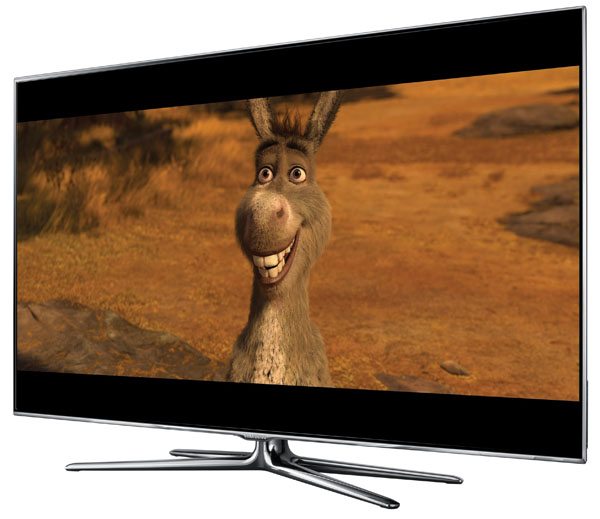
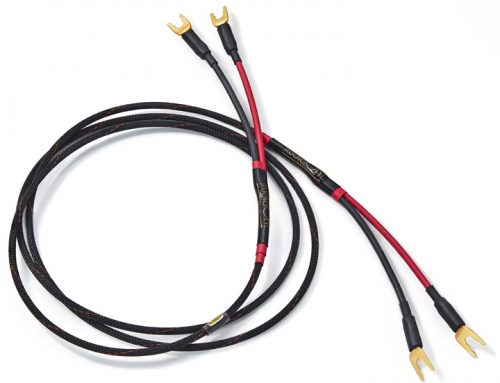
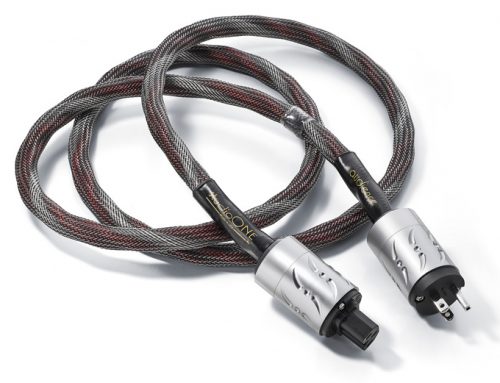

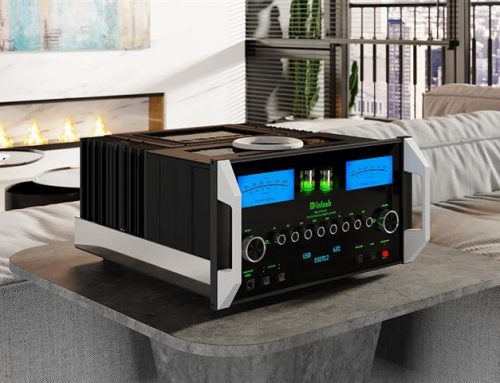
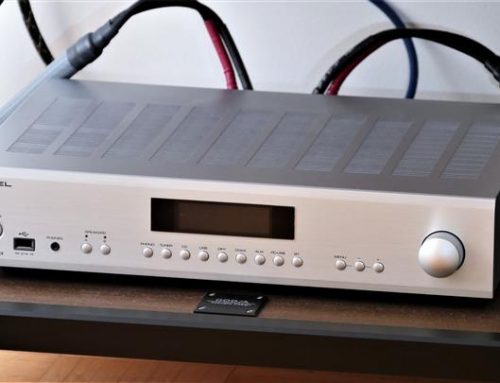
… [Trackback]
[…] Find More on that Topic: novo.press/samsung-un55d8000-55-inch-led-lcd-smart-tv/ […]
… [Trackback]
[…] Find More Information here on that Topic: novo.press/samsung-un55d8000-55-inch-led-lcd-smart-tv/ […]
… [Trackback]
[…] Find More Info here to that Topic: novo.press/samsung-un55d8000-55-inch-led-lcd-smart-tv/ […]
… [Trackback]
[…] Information to that Topic: novo.press/samsung-un55d8000-55-inch-led-lcd-smart-tv/ […]
… [Trackback]
[…] Find More on to that Topic: novo.press/samsung-un55d8000-55-inch-led-lcd-smart-tv/ […]
… [Trackback]
[…] There you will find 10295 additional Info on that Topic: novo.press/samsung-un55d8000-55-inch-led-lcd-smart-tv/ […]
… [Trackback]
[…] Find More Information here to that Topic: novo.press/samsung-un55d8000-55-inch-led-lcd-smart-tv/ […]
… [Trackback]
[…] Read More on to that Topic: novo.press/samsung-un55d8000-55-inch-led-lcd-smart-tv/ […]
… [Trackback]
[…] There you will find 36548 more Information to that Topic: novo.press/samsung-un55d8000-55-inch-led-lcd-smart-tv/ […]
… [Trackback]
[…] Read More here to that Topic: novo.press/samsung-un55d8000-55-inch-led-lcd-smart-tv/ […]
… [Trackback]
[…] Read More Information here to that Topic: novo.press/samsung-un55d8000-55-inch-led-lcd-smart-tv/ […]
… [Trackback]
[…] Find More on to that Topic: novo.press/samsung-un55d8000-55-inch-led-lcd-smart-tv/ […]
… [Trackback]
[…] Find More Info here on that Topic: novo.press/samsung-un55d8000-55-inch-led-lcd-smart-tv/ […]
… [Trackback]
[…] Information on that Topic: novo.press/samsung-un55d8000-55-inch-led-lcd-smart-tv/ […]